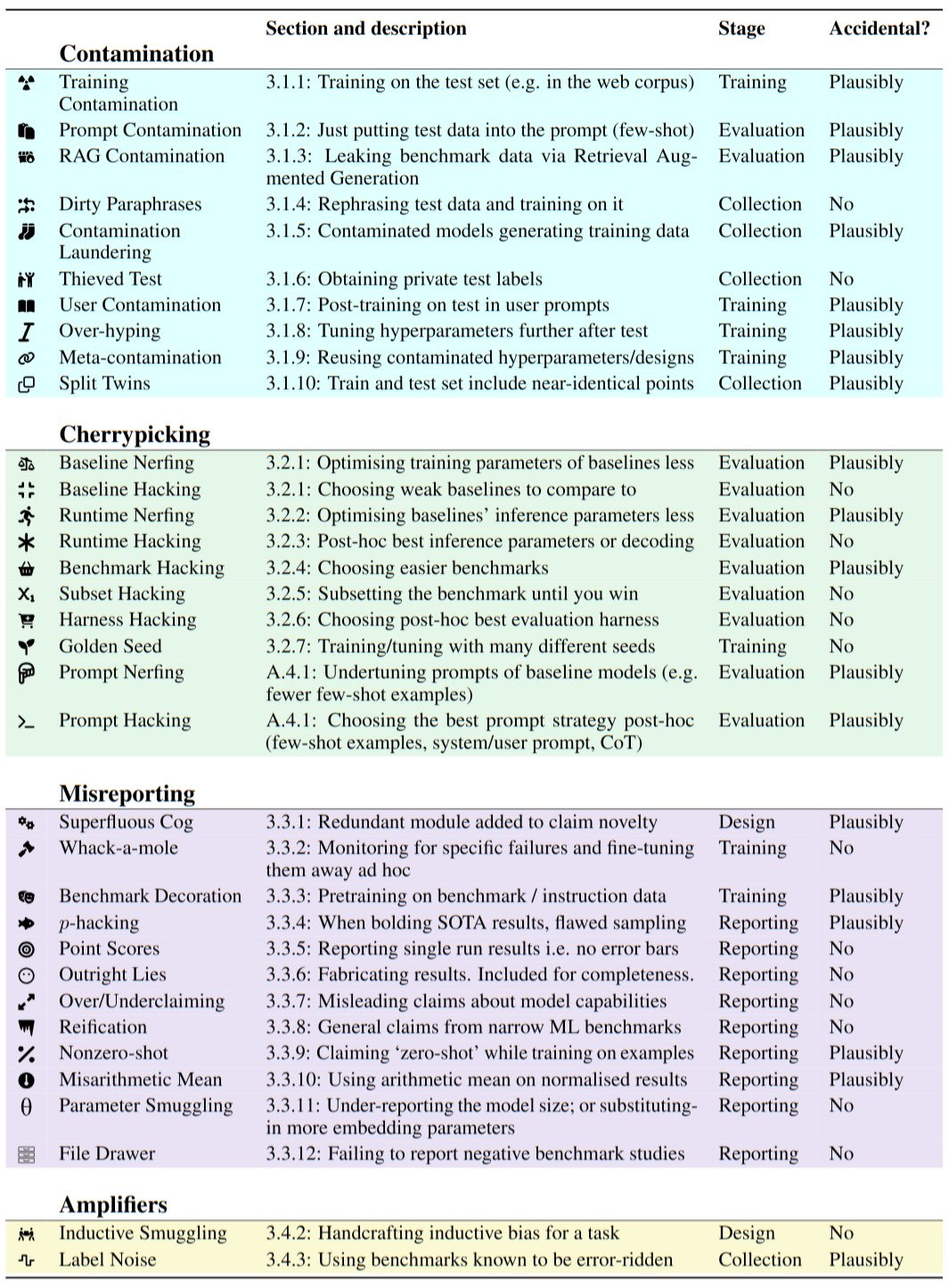Dylan Matthews put out a profile of Samotsvety Forecasting, including our very own Misha!
The name Samotsvety, co-founder Misha Yagudin says, is a multifaceted pun. “It’s Russian for semi-precious stones, or more directly ‘self-lighting/coloring’ stones,” he writes in an email. “It’s a few puns on what forecasting might be: finding nuggets of good info; even if we are not diamonds, together in aggregate we are great; self-lighting is kinda about shedding light on the future.”
It began because he and Nuño Sempere needed a name for a Slack they started around 2020 on which they and friends could shoot the shit about forecasting. The two met at a summer fellowship at Oxford’s Future of Humanity Institute, a hotbed of the rationalist subculture where forecasting is a favored activity. Before long, they were competing together in contests like Infer and on platforms like Good Judgment Open.
“If the point of forecasting tournaments is to figure out who you can trust,” the writer Scott Alexander once quipped. “the science has spoken, and the answer is ‘these guys.’”
They count among their fans Jason Matheny, now CEO of the RAND Corporation, a think tank that’s long worked on developing better predictive methods. Before he was at RAND, Matheny funded foundational work on forecasting as an official at the Intelligence Advanced Research Projects Activity (IARPA), a government organization that invests in technologies that might help the US intelligence community. “I’ve admired their work,” Matheny said of Samotsvety. “Not only their impressive accuracy, but also their commitment to scoring their own accuracy” — meaning they grade themselves so they can know when they fail and need to do better. That, he said, “is really rare institutionally.”
Note that Arb’s report, linked here, doesn’t support the claim Matthews makes ("The aggregated opinions of non-experts doing forecasting have proven to be a better guide to the future than the aggregated opinions of experts"). Instead we find that generalist supers are likely about as good as domain experts.
(with the crucial caveat that this is the status quo, where few experts care about calibration or have experience self-eliciting, and where the monetary rewards to be a super generalist are paltry in comparison to finance, so we’re not sampling the top there either).



